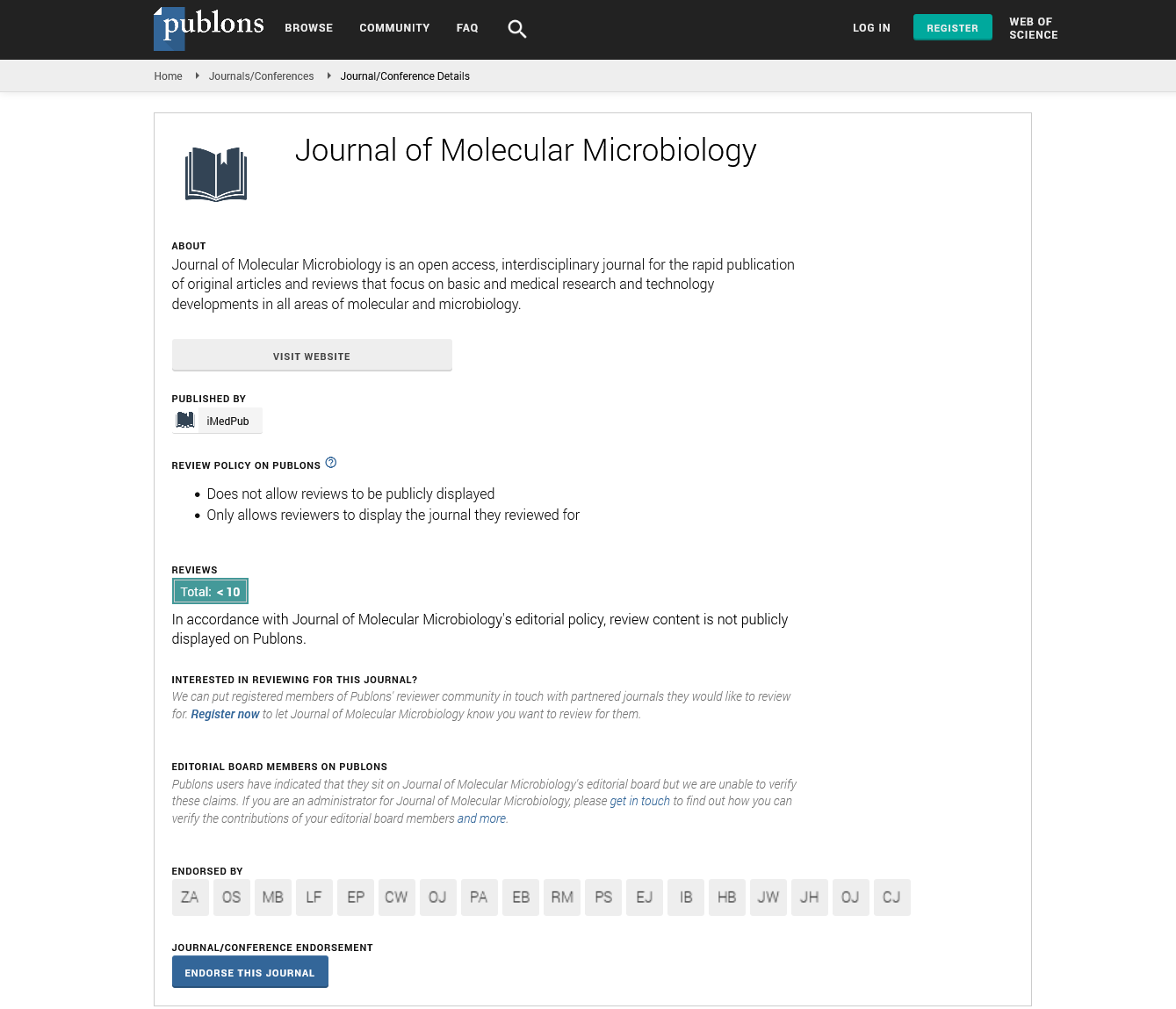Abstract
The role of NTproBNP in predicting prognosis and cardiovascular events in patients with heart failure
Background The Role of Nterminalpro Btype natriuretic peptide (NTproBNP) to stratify risk in patients with heart failure (HF) has been analyzed. NT-proBNP levels are increased in HF, and well correlate with ventricular wall stress and severity of HF. Repeated measurements of this marker through blood sampling, give accuracy of risk stratification. Purpose: To assess the prognostic value of NTproBNP levels and the risk of short-term death in patients with HF. Methods: We studied 235 patients with an average age of 74,123 years, with clinical and echocardiographic signs of HF. 161 have HFrEF (EF≤ 45%) while 74 have HFpEF (EF > 45%). NTproBNP was evaluatedat the hospitalization and at discharge and in 76 patients it was furthermore checked after 30 days from discharge.The median followup was 8months. We noticed the relationship between percentage NTproBNP increase from baseline to admission, and the percentage NTproBNP reduction from admission to discharge, that it is related with therapy during the hospitalization. Moreover we considered different parameters that may alter basic values NT-proBNP, such as chronic renal failure, physical activities and the use of certain drugs, overcoming these tresholds. Results: NT-proBNP values above 1100 pg/mL are prognostically meaningful in chronic HF, and a rising pattern is predictive of impending adverse outcome. Moreover, drugs used for chronic HF (such as, vasodilators, aldosterone blockers and β-blockers) tend to lower values of NT-proBNP.NTproBNP at discharge give an important prognostic index for mortality (HFrEF 28,9% deceased: CIndex 0,84 P< 0,0001; HFpEF 13,6% deceased: CIndex 0,76 P = 0,0004). In multivariate Cox analysis it isthe stronger and independent prognostic factor (HFrEF all P≤ 0,02; HFpEF all P≤ 0,03). The percentage changes stratify the risk only for mortality ( χ2 13,68 P = 0,001) conversely, categorical risk stratification shows a prognostic role for all outcomes (all logrank P< 0,0001) and provides independent prognostic informationswhen threshold values are specific for HFrEF or HFpEF compared to titrations. Among these patients HF, the median NT-proBNP levels were higher in those patients dying by 45 days median of follow-up (9450 pg/mL) when compared with those surviving (2017 pg/mL, P<0.001 for difference). Conclusion: The determination of levels of NTproBNP in patients with heart failure is important for prediction of cardiovascular events: increased levels of this biomarker indicate the severity of myocardial dysfunction and severity of chronic heart failure. High levels of NT-proBNP are related with decreasing expectation of life and worse quality of daily living. Biography Adriana Tamburello is going to compleate her studies at the age of 25 years from Palermo University School of Medicine with honors, and she is doing research activity in Policlinico Paolo Giaccone Chair of Cardiovascular Diseases, Department for Promoting of Health (PROSAMI), University of Palermo, Italy – Division of Cardiology, Regional Reference Centre for Diagnosis and Care of Heart Failure, Centre for the Early Diagnosis of Preclinical Atherosclerosis and for Secondary Prevention of Cardiovascular Diseases, Department of Emerging Pathologies, University Hospital “Paolo Giaccone”, Palermo, Italy
Author(s): Tamburello A, Corrado E, Evola G, Manzullo N, Novo G, Zarcone A, Schembri G and Novo S
Abstract | PDF
Share This Article
Google Scholar citation report
Citations : 86
Journal of Molecular Microbiology received 86 citations as per Google Scholar report
Journal of Molecular Microbiology peer review process verified at publons
Abstracted/Indexed in
- Google Scholar
- Publons
Open Access Journals
- Aquaculture & Veterinary Science
- Chemistry & Chemical Sciences
- Clinical Sciences
- Engineering
- General Science
- Genetics & Molecular Biology
- Health Care & Nursing
- Immunology & Microbiology
- Materials Science
- Mathematics & Physics
- Medical Sciences
- Neurology & Psychiatry
- Oncology & Cancer Science
- Pharmaceutical Sciences
